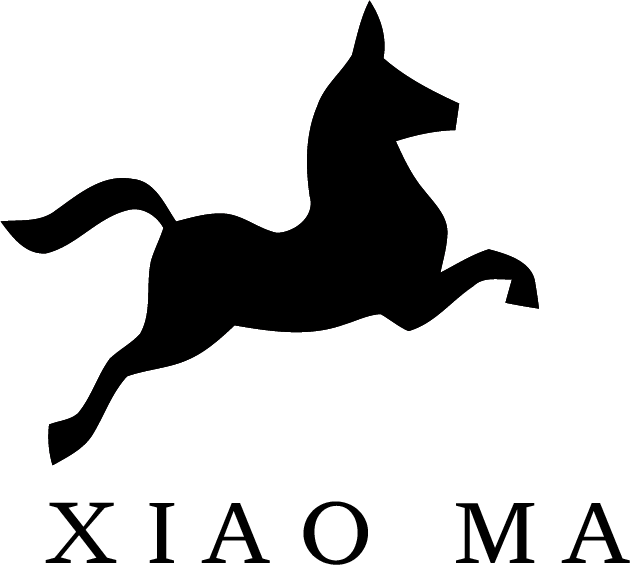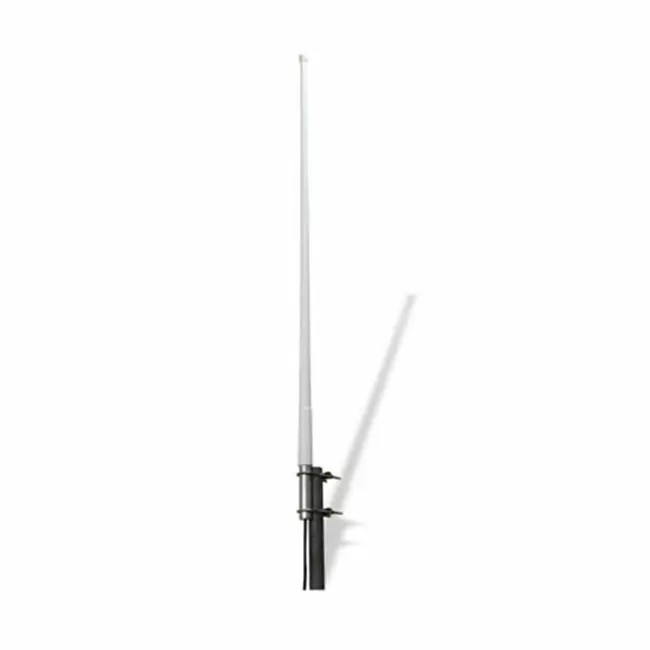In the Internet of Things IoT ecosystem, LoRa Long Range technology has become a cornerstone for low-power, long-range communication. However, the effectiveness of a LoRa system heavily depends on the right antenna. Choosing the best LoRa antenna can significantly enhance performance, ensuring efficient data transmission and extended coverage.
This guide will explore the key considerations, types of antennas, and tips for selecting the ideal LoRa antenna for your IoT applications.
1. Understanding LoRa Technology and Its Requirements
LoRa technology is designed for long-range communication with minimal power consumption. It operates in unlicensed frequency bands like 868 MHz in Europe and 915 MHz in North America, requiring specific antenna compatibility to maximize performance.
Key Requirements of LoRa Antennas:
- High sensitivity to detect weak signals.
- Wide coverage to support long-range communication.
- Compatibility with frequency bands.
2. Why the Antenna Matters in LoRa Systems
The antenna plays a pivotal role in determining the range, efficiency, and reliability of a LoRa network. Without the right antenna, even the best LoRa devices might fall short in performance.
Benefits of Selecting the Right Antenna:
- Improved signal strength and quality.
- Minimized interference and signal loss.
- Increased network stability.
3. Types of LoRa Antennas
LoRa antennas come in various shapes and sizes, each suited for different use cases and environments.
315/433 MHz LoRa Rubber Antenna Gain 3dbi VSWR≤1.5 with SMA Male Angle Connector XMR-J018
3.1. Omni-Directional Antennas
These antennas radiate signals uniformly in all directions.
- Best for: Urban and suburban environments.
- Advantages: Reliable coverage over large areas.
3.2. Directional Antennas
Focus signals in a specific direction.
- Best for: Rural areas or point-to-point communication.
- Advantages: Enhanced range in the targeted direction.
3.3. PCB (Printed Circuit Board) Antennas
Compact and cost-effective antennas integrated into devices.
- Best for: Portable IoT devices.
- Advantages: Lightweight and easy to install.
3.4. Whip Antennas
Flexible antennas that offer a balance between range and portability.
- Best for: Industrial IoT applications.
- Advantages: Durable and versatile.
4. Key Factors to Consider When Choosing a LoRa Antenna
4.1. Frequency Band Compatibility
Ensure the antenna matches the frequency band of your LoRa network (e.g., 868 MHz, 915 MHz).
4.2. Gain
Gain determines the strength of the antenna's signal.
- Low-Gain Antennas: Provide broader coverage but less range.
- High-Gain Antennas: Offer extended range but narrower coverage.
4.3. Polarization
Choose between vertical, horizontal, or circular polarization based on your use case.
4.4. Environmental Factors
Consider whether the antenna will operate indoors or outdoors, as this affects its durability and design.
4.5. Antenna Placement
Proper placement is critical for avoiding signal obstructions and optimizing coverage.
450-470MHz VHF Omnidirectional LoRa Antenna Gain 10.2dBi VSWR≤1.5 with N Female Connector XMR-CGP17
5. Practical Tips for Optimizing LoRa Antenna Performance
- Mount Antennas at Higher Elevations: Avoid obstructions such as walls and buildings.
- Use Quality Connectors and Cables: Minimize signal loss with high-quality components.
- Test in Real-World Conditions: Simulate operating conditions for accurate performance evaluation.
- Regular Maintenance: Inspect for damage, especially for outdoor antennas.
6. Use Cases for LoRa Antennas in IoT Applications
6.1. Smart Agriculture
Directional antennas excel in large farms for point-to-point communication with sensors.
6.2. Smart Cities
Omni-directional antennas provide uniform coverage for city-wide IoT networks.
6.3. Industrial IoT
Robust whip antennas withstand harsh conditions in industrial settings.
6.4. Asset Tracking
Compact PCB antennas integrate seamlessly into portable tracking devices.
7. Top LoRa Antenna Manufacturers
To ensure quality and performance, consider antennas from reputable manufacturers such as:
- TE Connectivity
- Laird Connectivity
Rohde & Schwarz
8. FAQs
Q1. What is the best frequency for LoRa antennas?
The best frequency depends on your region: 868 MHz for Europe, 915 MHz for North America, and 433 MHz for certain Asian countries.
Q2. How do I increase the range of my LoRa antenna?
You can increase range by choosing a high-gain antenna, mounting it at an elevated position, and minimizing environmental obstructions.
Q3. Are outdoor LoRa antennas weatherproof?
Yes, many outdoor LoRa antennas are designed to withstand harsh weather conditions. Always check the IP rating.
Q4. Can I use a single antenna for multiple IoT devices?
Yes, but you may need a splitter or combiner, which can affect performance.
Q5. How do I test the performance of a LoRa antenna?
Use a spectrum analyzer or field strength meter to measure signal strength and quality.
Q6. What is the typical range of a LoRa antenna?
Ranges can vary from 2 to 15 kilometers, depending on the antenna type and environment.
Conclusion
Choosing the best LoRa antenna is critical for achieving reliable and efficient IoT communication. By understanding the different types of antennas, key factors to consider, and practical tips for optimization, you can enhance the performance of your LoRa network and unlock the full potential of your IoT applications.
Related Articles
- A Comprehensive Guide to Coaxial RF Connectors2025-01-08
- Custom Antenna Design for High-Performance Wireless Systems2024-12-24
- The Different Types and Uses of RF Cable Assemblies2024-10-15
- Understanding RFID Antenna and VHF/UHF Antenna: Functions, Types, and Benefits2024-12-17
- Choosing the Best LoRa Antenna for Your IoT Applications2024-12-11
Contact us with the RF and Microwave coaxial connectors, RF cable assemblies and Antennas.
Get A Quote

XIAOMA is a supplier specializing in the R&D and manufacturing of RF CONNECTORS,CABLE ASSEMBLY AND ANTENNAS products. It also provides one-stop radio frequency solutions for electronic equipment. XIAOMA Technology's products are widely used in consumer electronics, communication equipment and infrastructure, mobile terminals and automotive electronics.
Contact Info
Contact Person : Rick, Haifa
Wechat / WhatsApp: + 86 18651023520
Follow
Share
Download after filling out the form

